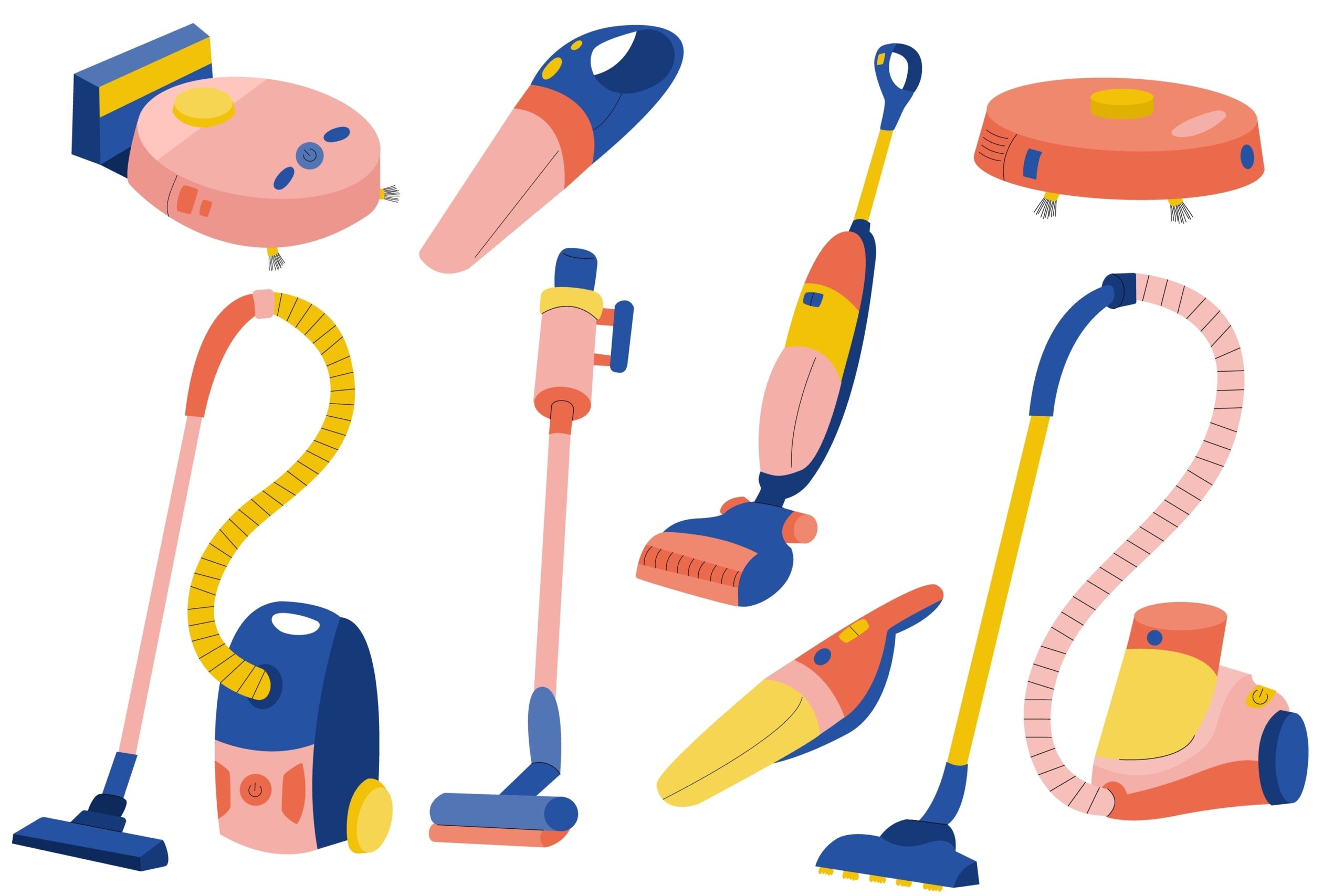I recently needed to buy a new vacuum cleaner. Knowing that I didn’t want to re-purchase the same model, I set out to find a better option. There were different vacuums for different surfaces, new brands I’d never heard of, and features I didn’t know I needed. And of course, a never-ending amount of consumer reviews.
What started out as a straightforward task quickly became a daunting process of sifting through choices and making comparisons. Sometime later, I looked up and realized I’d spent nearly an hour trying to decide which vacuum was best. Worse still, I hadn’t made a decision.
Why did I spend so much time looking for The Best Vacuum, when I don’t actually care much about vacuums?
The Hick-Hyman Law
My online shopping spiral is a perfect example of the Hick-Hyman Law, named after psychologists William Edmund Hick and Ray Hyman, who conducted research on human reaction times and decision-making processes [1]. These highly influential studies in psychology and human factors investigated how the number of possible stimuli affected a participant’s reaction time in choosing the correct response. In studying this effect, participants were presented different lights, each corresponding to a specific button, and were asked to press the correct button as quickly as possible when a light appeared. The findings showed that as the number of lights (choices) increased, the time participants took to respond also increased logarithmically.

This seminal research established the principle originally known as Hick’s Law (Hick, 1952), and now the Hick-Hyman Law, (Hyman, 1953). It can be summarized as: the time it takes for a person to make a decision increases logarithmically (note: log2) with the number of choices they have. Each additional option adds complexity to the decision-making process, requiring more time to evaluate and choose. Put simply, the more choices people have, the longer it will take them to pick one.
Why does this matter?
The Hick-Hyman law provides valuable insight into human decision-making ability and how the number of choices increases decision-making complexity. Even if you don’t want people to make decisions faster, reducing the number of choices provided can reduce decision-making complexity, which has benefits outside of speed.
As human factors professionals, we recognize that mistakes are inevitable; all people are capable of making mistakes. Rather than relying on training to reduce errors of device operation, we focus on identifying design solutions that minimize the likelihood of errors. Simplifying decision-making processes is a powerful way to achieve this goal.
Reducing the number of choices can have profound effects on cognitive load and error rates. For example, decreasing choices (and therefore the amount of time it takes to make a choice) can lower the mental effort required to process information, which reduces cognitive strain and helps individuals make decisions with less mental fatigue. When people have an easier time making decisions, they can be more efficient and accurate, and the experience can be more satisfying!
Applying the Hick-Hyman Law to Medical Device Design
Integrating multiple design principles can lead to more effective and user-centered solutions, so we’ll explore how the Hick-Hyman law can be used in tandem with color to create more user-friendly designs.
Example:
Let’s imagine you need to design a user interface for a medical device that will be used in emergency settings. In this context, users need to be able to quickly figure out what they would like to do, then use the device to do it. This requires that users can quickly understand what actions the device can perform, and efficiently select the desired action.
Minimize choices (Hick-Hyman Law): On the main screen of a medical device, only the most crucial controls (start, stop, pause) are visible. Advanced options are accessible through a secondary menu, which reduces the initial cognitive load. As a result, users can navigate the interface swiftly, accessing critical information without overwhelming choices.
Differentiate between controls (Color): Next, main controls could be color-coded for quick recognition. For a deeper dive on color in medical device design, see this blog post!
TLDR;
The Hick-Hyman Law illustrates that having more choices increases the time it takes for people to make a decision, highlighting the importance of simplifying options to reduce decision-making complexity, cognitive strain and mental fatigue. In medical device design, minimizing the number of choices users are presented with can be a powerful way to design safer systems.
Sources
- Hick W. E. (1952). On the rate of gain of information. Quarterly Journal of Experimental Psychology, 4, 11–26.
- Hyman, R. (1953). Stimulus information as a determinant of reaction time. Journal of Experimental Psychology, 30, 188–196.
For more resources on Medical Device Human Factors please check out our blog and YouTube channel.




